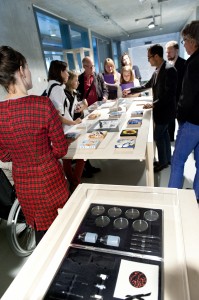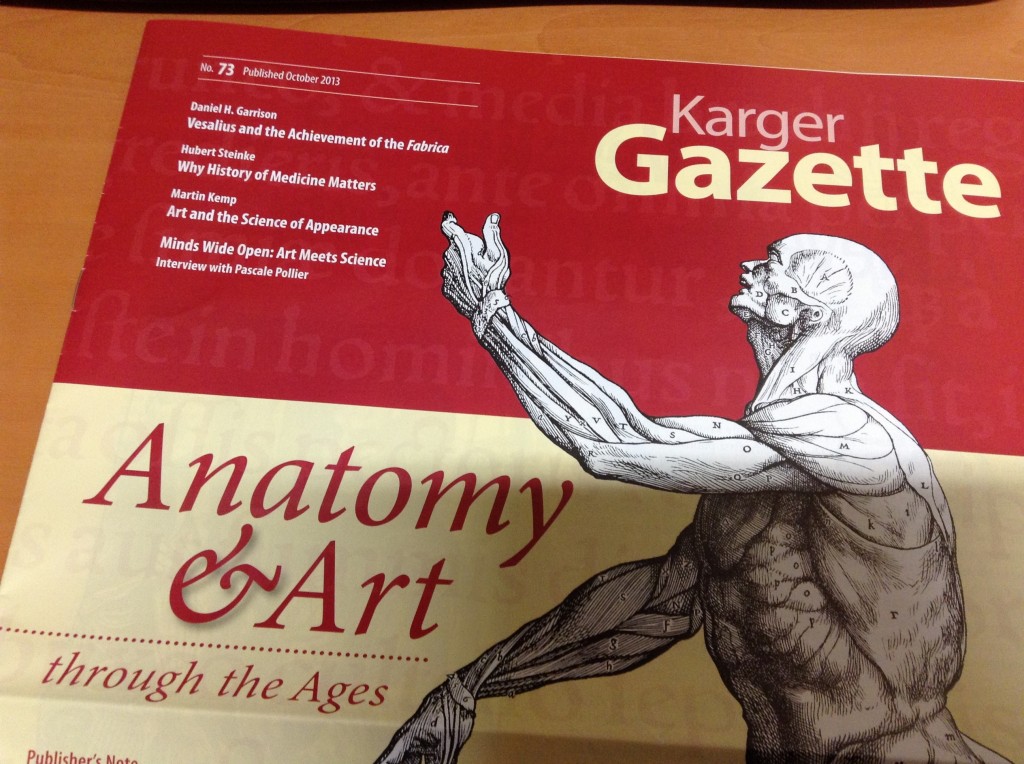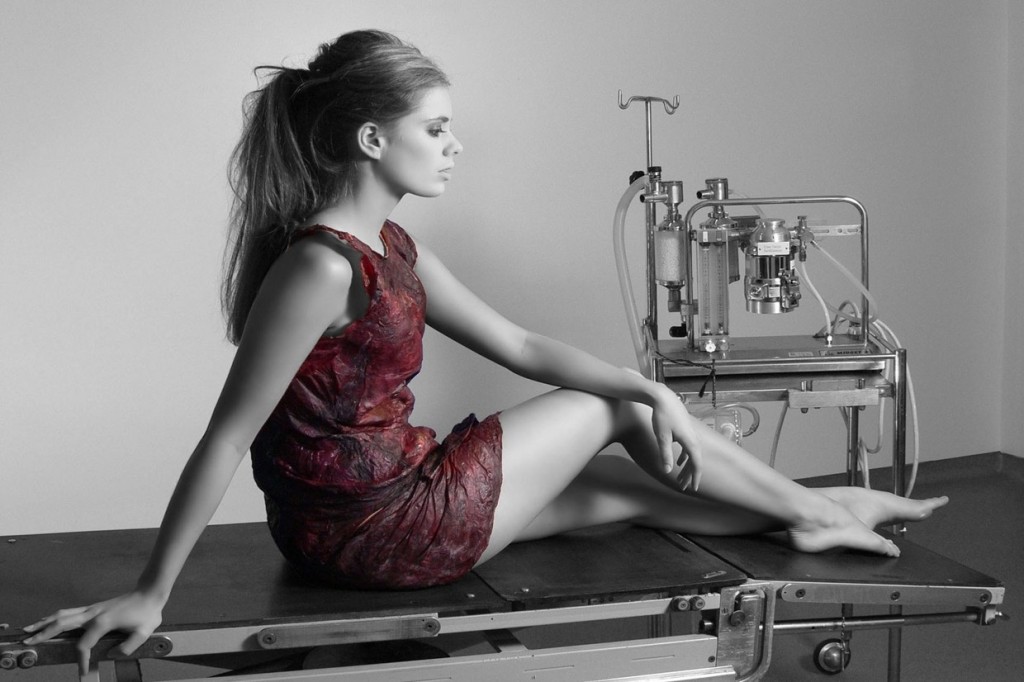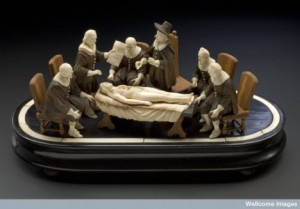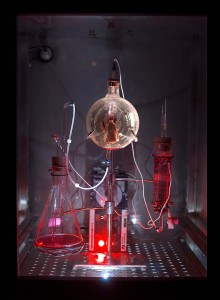Blog
BIODESIGN: on the cross pollination of Nature, Science and Creativity
The New Institute
Netherlands Architecture Institute (NAi)
Premsela, the Netherlands Institute for Design and Fashion
Virtueel Platform, e-culture knowledge institute
23.1.2014, 19:00–23:00
How Do You Do Biodesign
How Do You Do Biodesign is an evening for architects, urban designers, product designers, fashion designers, artists and developers of digital technology and media, which will illuminate exactly what biodesign co-produced by Het Nieuwe Instituut and the Willem de Kooning Academy.
(…)
For more info, follow this link here.
A short history of anatomical maps
| A short history of
knowledge has been used to teach and protect communities since mankind’s early years. However, the desire to represent our inner physical selves in pictures has not always been as strong as our need to speculate. The contemplation of our internal workings has ranged from the mystical and spiritual to the surreal and then the informative. In all these forms the the manifestation |
Read more here: http://www.designboom.com/history/anatomical_maps.html source: designboom, www.designboom.com
Karger Gazette – Anatomy and Art through the Ages (October 2013)
Artists create bacteria-fermented wine dress
A research lab that started out with hopes of creating a cyborg with self-developing skin has created the newest line in womenswear — skintight dresses made from fermented wine.
Read more here:
An Anatomical Demonstration_Wellcome Collection
Medical research and resurrection men..
Would you mind being dug up in the spirit of anatomical discovery?
Muriel Bailly looks into the history of the ‘tradition’ with another object of the month from our collections.
Read the blog post of Wellcome Collection (posted by Danny Birchall) here
This 18th-century wood and ivory anatomical model takes its inspiration from a 16th-century painting you may be familiar with:
The Anatomy Lesson of Doctor Nicolaes Tulp by Rembrandt.
Weird Science: Biotechnology as Art Form_by Carolina A. Miranda
Tissue cultures, genetic modification, bacterial colonies. Over the last decade, more and more artists have been giving up
the studio in favor of the laboratory.
In the spring of 2008, curator Paola Antonelli at the Museum of Modern Art in New York was forced to kill a work of art. A thumb-size “jacket” cultivated from mouse tissue that lived inside a sterile glass ball, Victimless Leather was not your typical museum piece. The cells were very much alive—and they were multiplying. So rapidly, in fact, that five weeks into the exhibition, they were threatening to clog the incubation system that kept them alive. Antonelli would have to cut off the nutrient supply. But she couldn’t bring herself to do it. “There was no way I was going to switch it off,” she recalls. “I can’t even kill a mosquito.”
Victimless Leather—A Prototype of Stitch-less Jacket grown in a Technoscientific “Body,”
created by Tissue Culture & Art Project
(Oron Catts and Ionat Zurr), 2004.
Read the whole article here

